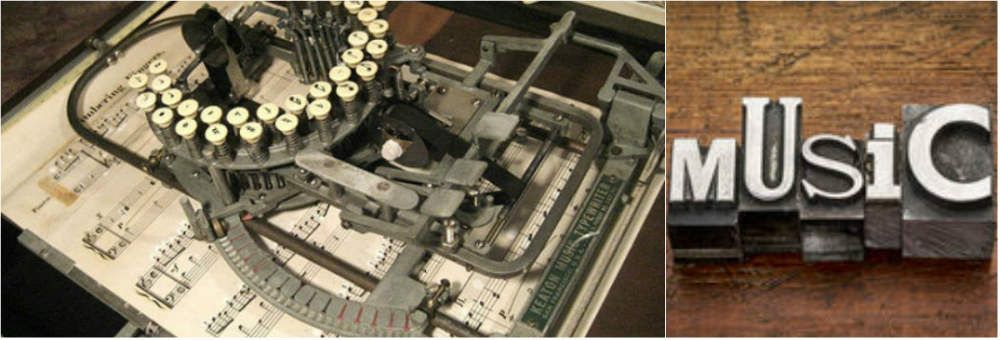The art of writing music, of actually placing the notes and related markings on paper, has changed dramatically over the centuries. Computer programs invented since the 1980s have made music copying much easier but hand-drawn notation is still used. It is up to the person writing out the music to make sure the placement and design of the notes and any other markings accurately reflect the desired sound.
Blank music manuscript or staff paper is already preprinted with the five lines and four spaces of a staff. There are different versions though, ranging from staff paper with 10 staves evenly spaced on the page to staves grouped together with treble and bass clefs, and larger paper designed for symphony orchestras and other large ensembles. The composer selects the style based on instrumentation or personal preference. Ideally, the writing needs to be legible enough so that other musicians can read it.
When music paper with printed staff lines was not available, composers had to make their own. That meant for every line of music, someone drew a staff of five lines and did it several times on a page. Sometimes, the lines were not straight. The distance between staves had to allow for notes either above or below the staff. If the staves were too close together, what was written above or below the staff would run into other lines of notation.
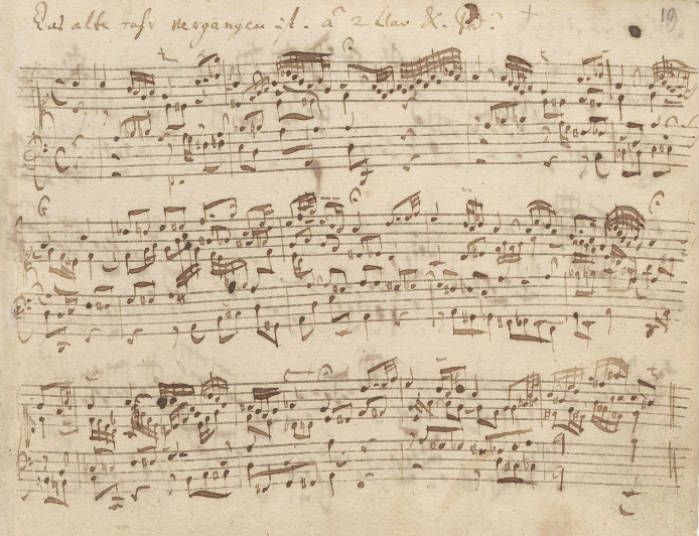
The role of music copyists is to take what the composer gives them and copy it in a more legible form. They must figure out the composer’s notation and rewrite the notes, key and time signatures, tempo markings, phrasing, dynamics, accidentals, and anything else relevant to a piece of music. Looking at original scores by some of the world’s most famous composers, music copyists have been faced with pages containing smeared ink and crossed-out measures, yet they must make sure chords are lined up properly, stems are pointing in the right direction, and the text for vocal works matches up to the intended notes.
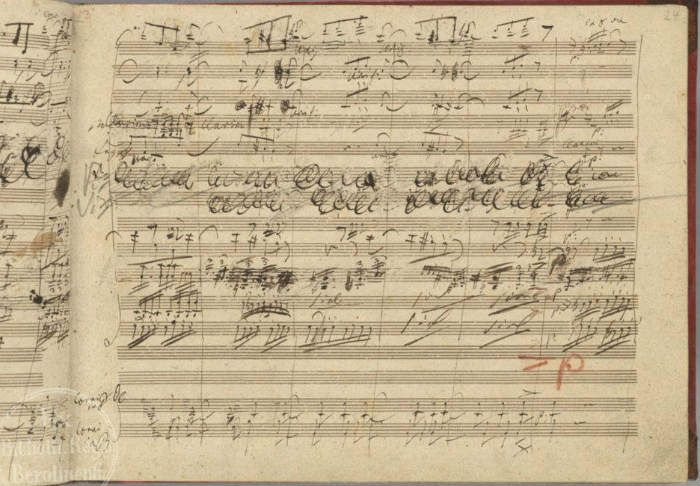
In addition to copying notation by hand onto manuscript paper or by computer, there have been other ways that printed music was prepared. Two types of music printing came about during the 15th century: woodblock and music type. Both methods were very time consuming. Woodblock involved drawing and carving the music on a wooden block so that it was elevated and in reverse order. The block was inked and the shape of the music was transferred to paper. Music type used the mid-15th century invention of the Gutenberg printing press, with all notation and related symbols placed in reverse so the printed page would be correct.
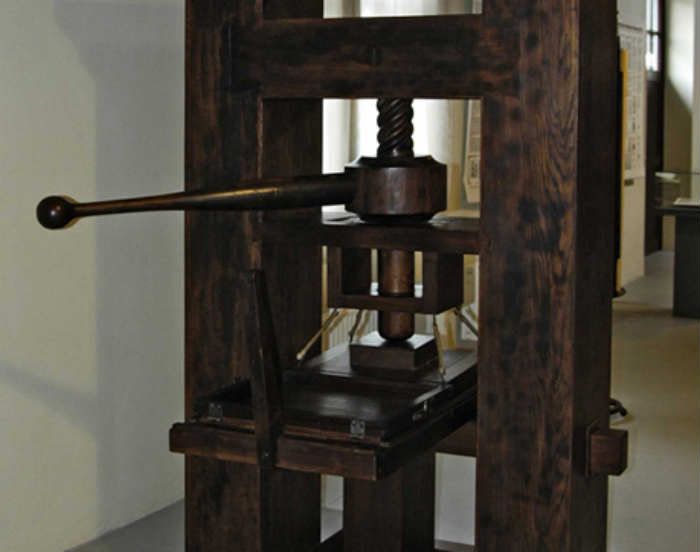
The printing press fonts could not duplicate some of the handwritten details. Music engraving involved copying music in reverse onto flat rectangular plates of copper, zinc or pewter. The engraver had to determine such things as the spacing between notes and staves, location of page turns, and placement of any text. When the plate was finished, it was inked and the music was printed using the printing press.
Two later developments in copying music involved a well-known technique in the world of art and a variation of a typewriter. Lithographs are common in the art world but were also used in printing music. Alois Senefelder invented lithography around 1798. An oil-based ink was used to draw the music on smooth limestone. Water was applied to the stone but did not stick to the oily markings. When the stone was pressed against paper, the result was the composition drawn with oily ink. Music typewriters were shaped much like traditional typewriters but they typed notes and other music symbols instead of letters and numbers. They were invented in the late 19th century and peaked during the mid-20th century.
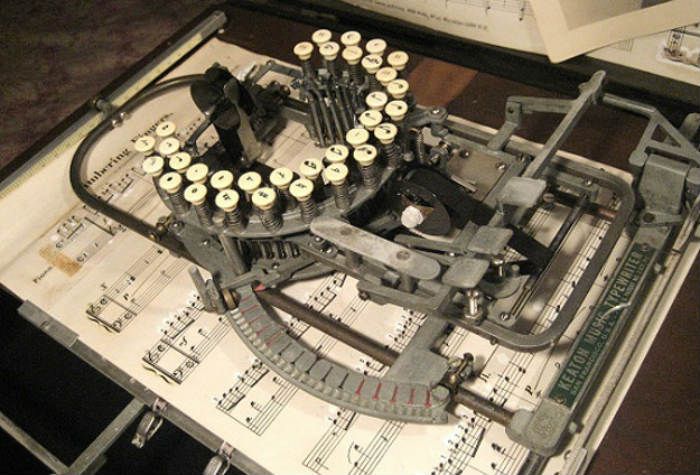
Out of all the methods of writing down music, one of the most ornate was the Gregorian chants of the Catholic Church during the Middle Ages. Very few people could read or write. Members of the clergy wrote their chants with symbols, called neumes, to indicate tone movement instead of specific pitches. Neumes were square and written on a red four-line staff instead of a five-line black staff. The margins and capital letters of the Latin text were often embellished with drawings pertaining to sacred text. These manuscripts were written on vellum, a type of parchment paper.
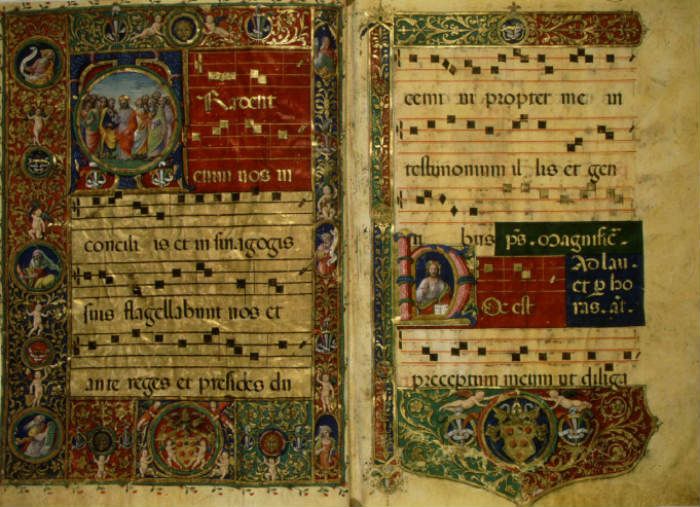
All of the various methods of preparing written music for print have required a lot of patience and accuracy to make sure the printed work is what the composer intended. It is that painstaking detail that has made it possible for countless works to be published.

